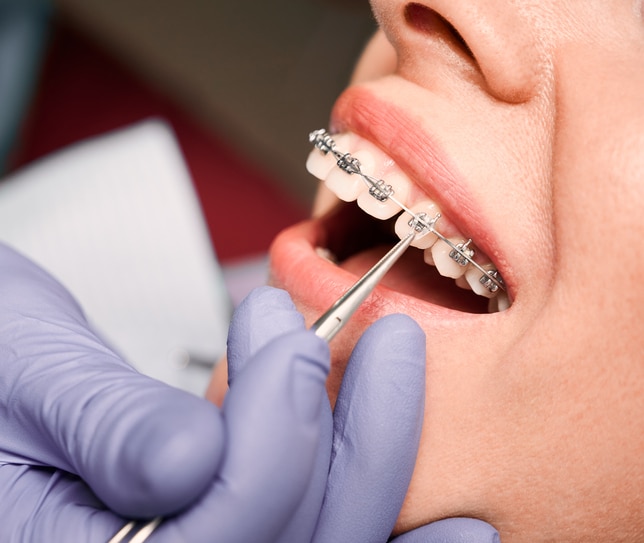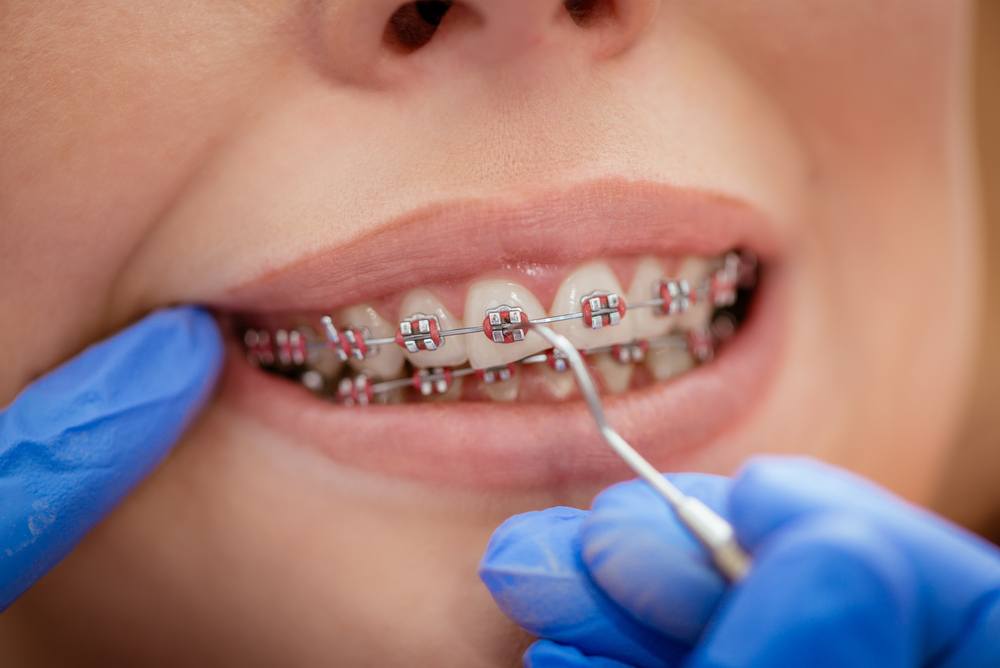Top Tips for Picking the most effective Cumming Orthodontist for Braces and Aligners
Top Tips for Picking the most effective Cumming Orthodontist for Braces and Aligners
Blog Article
Comprehensive Overview to Orthodontics Treatments for Remedying Oral Misalignments
Understanding the ins and outs of each procedure, including their systems, benefits, and possible disadvantages, is vital in making informed choices about one's orthodontic treatment. As we navigate via the detailed overview to orthodontic treatments for dealing with oral imbalances, the intricate information of each technique will certainly unravel, shedding light on the path towards a harmonious and functional dental placement.
Orthodontic Procedures Review

Along with typical braces and clear aligners, orthodontists might also advise various other interventions like headwear, palatal expanders, or retainers to resolve particular positioning concerns (orthodontics). These treatments are customized to each patient's unique demands and might entail a mix of treatments to accomplish the wanted outcomes. Normal modifications and tracking are crucial parts of orthodontic treatment to guarantee development gets on track and to make any type of necessary alterations along the method. By undergoing orthodontic procedures, people can not only attain a straighter grin but additionally improve their overall dental wellness and function.
Conventional Dental Braces: How They Function
When considering orthodontic treatments for dental misalignments, conventional braces stand apart as a time-tested technique for dealing with teeth placing. Typical dental braces include brackets, cables, and bands that function with each other to apply continual stress on the teeth, progressively relocating them into the desired placement. The brackets are affixed to the teeth utilizing a special adhesive, and the cables are threaded with the braces. By changing the tension of the cords, orthodontists can control the direction and force related to each tooth, directing them right into appropriate alignment in time.
One key element of exactly how conventional braces work is the procedure of bone remodeling. As stress is used to the teeth via the dental braces, the bone surrounding the teeth is reshaped to support the new tooth positions. This renovation is necessary for the lasting security of the fixed alignment. Clients will certainly need regular changes at the orthodontist's office to ensure the braces remain to use the proper pressure for reliable teeth motion.
Invisible Aligners: Disadvantages and pros
Invisible aligners offer a very discreet and hassle-free alternative to traditional braces for correcting oral imbalances. These clear, personalized trays are virtually unseen when worn, making them an enticing option for people seeking a more visually pleasing orthodontic therapy. Among the primary benefits of unnoticeable aligners is their removability, permitting easier maintenance of oral hygiene compared to conventional dental braces. Clients can eliminate the aligners before eating or brushing their teeth, reducing the risk of food getting stuck in the home appliance and simplifying the cleaning procedure.

Surgical Orthodontic Options
Surgical interventions in orthodontics present feasible options for attending to complex dental imbalances that may not be effectively resolved via traditional orthodontic therapies. While traditional braces and undetectable aligners can deal with many orthodontic concerns, certain situations call for medical treatment to accomplish ideal outcomes. Surgical orthodontic alternatives are usually advised for serious malocclusions, substantial jaw disparities, and situations where the underlying bone framework needs modification to attain proper positioning.
One usual surgical orthodontic treatment is orthognathic surgical treatment, which includes rearranging the jaws to remedy practical issues such as trouble speaking or eating. This surgical procedure is typically done in collaboration with an orthodontist that aids line up the teeth prior to and after the procedure. Surgical orthodontics might also include procedures to subject affected teeth, get rid of excess periodontal tissue, or reshape the jawbone to produce a much more unified facial account.
Before considering surgical orthodontic alternatives, clients undergo a thorough evaluation to determine the need and potential advantages of such interventions. cumming invisalign. While surgical procedure may seem complicated, it can dramatically improve both the feature and looks of the smile in instances where standard orthodontic treatments fall short
Retainers and Post-Treatment Treatment

Failure to comply with post-treatment treatment instructions can result in regression, where the teeth progressively relocate back towards their original positions. Constant retainer wear, excellent oral hygiene, and normal dental examinations are necessary for keeping the results attained with orthodontic surgery and making sure the long-term stability of the fixed oral alignment.
Conclusion
To conclude, orthodontic treatments provide different choices for remedying oral misalignments. Typical dental braces make use of metal braces and cables to shift teeth right into proper placement. Undetectable aligners give a more discreet choice but might not be ideal for all cases. Surgical orthodontic choices are readily available for much more serious misalignments. Retainers are typically used post-treatment to keep the brand-new placement. On the whole, orthodontic treatments can successfully boost oral health and visual look.
As we navigate with the thorough overview to orthodontic procedures for fixing oral imbalances, the intricate information of each technique will certainly unravel, dropping light on the path toward a practical and unified oral placement. - orthodontist
One of the most common orthodontic therapies is the use of braces, which consist of steel brackets and wires that apply gentle stress to progressively move teeth right into the desired position.When considering orthodontic treatments for oral misalignments, traditional dental braces stand out as a time-tested approach for remedying teeth placing. Additionally, unnoticeable aligners may not be suitable for complicated orthodontic problems that need even more significant teeth activity, as they are normally suggested for light to moderate cases. Retainers are custom-made orthodontic gadgets made to hold teeth in Your Domain Name their fixed positions after the completion of orthodontic therapy.
Report this page